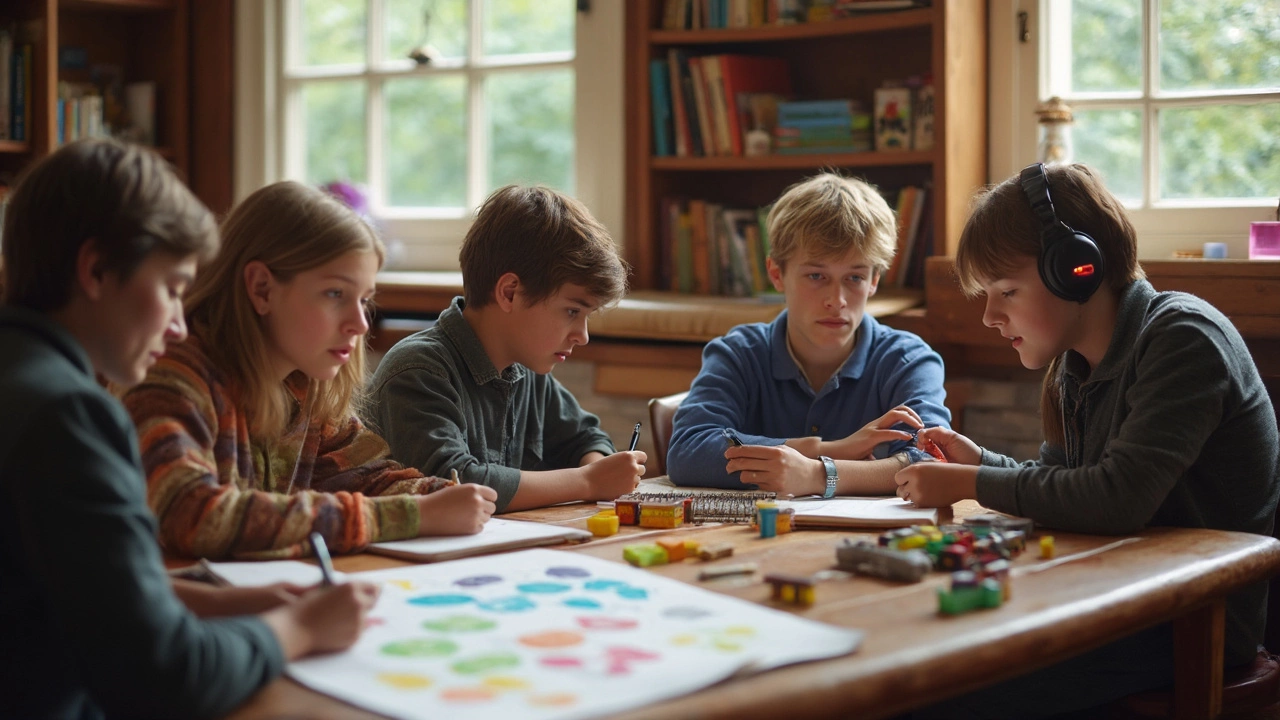Education Techniques: Simple Ways to Boost Learning
Looking for ways to make learning easier and more fun? You’re in the right spot. Below are practical techniques you can try at home, in a preschool, or even at work. They’re based on real ideas from teachers, tutors, and online experts, so you won’t waste time on fluff.
Everyday Techniques for Kids and Adults
Mix online and face‑to‑face learning. One post we have, “Online vs Distance Learning,” shows that pure video lessons can feel lonely, while pure classroom time can be rigid. A hybrid approach lets you watch a short video, then discuss the idea with a friend or teacher. This keeps the material fresh and gives a chance to ask questions.
Use adult learning principles. Adults learn best when they set their own goals and see real‑world value. The article “Key Principle of Adult Learning?” reminds us to give learners a problem to solve, not just facts to memorize. Try framing a new skill as a step toward a personal project, like planning a garden or budgeting for a trip.
Identify learning styles. Not everyone absorbs information the same way. Visual learners need diagrams, auditory learners benefit from podcasts, and kinesthetic learners need hands‑on tasks. The “Adult Learning Styles Explained” guide gives quick tips: draw a mind map for visual, record yourself explaining a concept for auditory, and build a model for kinesthetic.
Chunk study sessions. The “1247 Rule of Studying” suggests breaking study time into short bursts with breaks. Study for 12 minutes, rest 4, repeat 7 times, then review for 2 minutes. It sounds odd, but the pattern keeps your brain from slipping into fatigue.
Plan the right time of day. Some people think they can ace an exam at any hour. The “Best Time of Day to Take an Exam” piece shows that most brains work best mid‑morning. If you can choose, schedule tests or important presentations then.
How to Choose the Right Technique for You
Start with a quick self‑check. Ask yourself: Do I prefer listening or seeing? Do I feel more focused in the morning or evening? Write down two or three answers.
Next, pick a single technique to try for a week. For example, if you’re a visual learner, add a sketch to every note you take. If you like short bursts, use the 1247 rule for every study session.
Track what happens. Did you remember more? Did you finish tasks faster? Simple notes like “Saturday – 12‑minute video + 4‑minute break – felt good” help you see patterns.
When something works, stick with it and add a second technique. Maybe you combine short bursts with a hybrid online‑offline lesson. The key is not to overload yourself with too many changes at once.
Finally, don’t forget to celebrate small wins. Finishing a study block or mastering a concept means you’re moving forward. That boost in confidence fuels the next learning session.
Use these simple steps to turn ordinary study time into a stronger, more enjoyable experience. Whether you’re a preschool parent, a teacher, or an adult learner, the right technique can make a big difference – and you’ll see it fast.
Types of Learning: Understanding the 4 Main Ways We Learn Best
Discover the four main types of learning that guide how we absorb and use new information. This article unpacks the science and stories behind visual, auditory, reading/writing, and kinesthetic learning styles. Explore tips for each type and find out which methods suit you best. Get inspired by surprising facts, and see how understanding your learning style can boost your success. Perfect for students, parents, and teachers alike.
